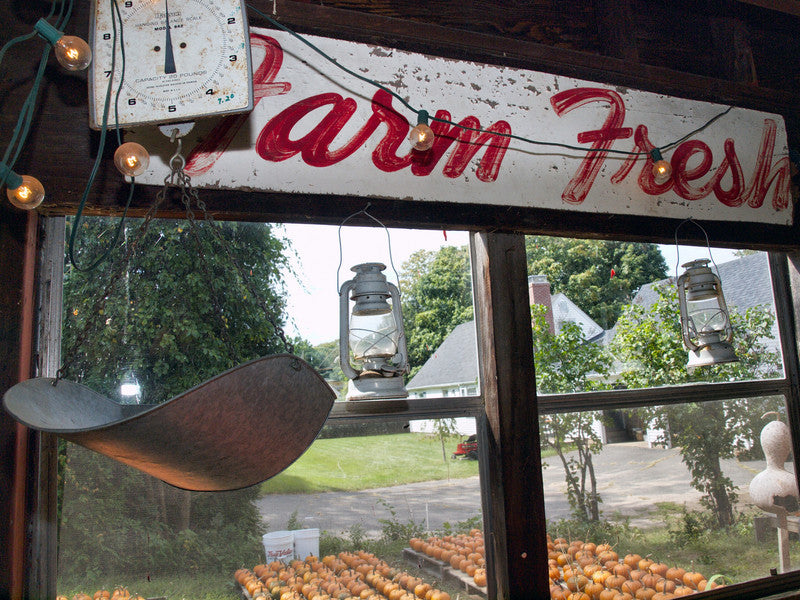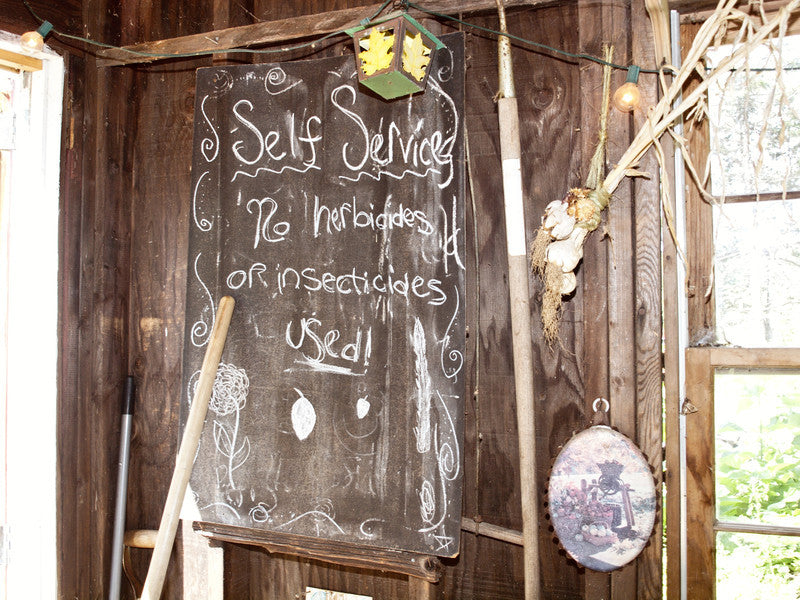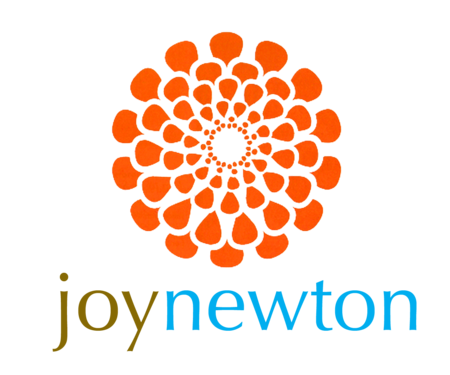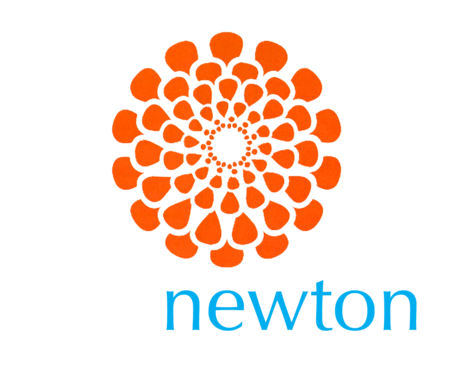
Down a winding, angelic country road I’ve been traveling for years is the charming J.L. Hall Farm, situated on a breathtaking swath of land that’s been passed down among current owner Joseph L. Hall’s family for over a century. Bursting with color, character, and a resounding beauty, this small family-owned farmstand has somehow managed to keep its rich history and natural splendor intact even as the landscape around it continually changes and evolves. No matter where I find myself, this special place always beckons me to return, again and again.

Tucked cozily into a pocket of rural Connecticut’s Farmington Valley, J.L. Hall Farm specializes in an ever-changing variety of colorful heirloom pumpkins. Joe and his talented help grow a fall harvest that blooms with unique and interesting mixes of sedges, grasses, gourds, Indian corn, and produce as gorgeous as it is delicious, all of which is artfully arranged inside a tiny shed draped in twinkling white string lights. One April many years ago, when a glistening frost still covered the ground, I watched as J.L. Hall Farm set a pan of fresh asparagus bunches outside on an old picnic table beside a cash box, to be sold entirely on the honor system. Every morning as I drove by, I would see a full pan; each night, an empty one. I was so delighted not only by the farm’s bountiful harvest, but also by the trust they have in their customers to appreciate the love and hard work put into their land and everything that grows from it.

Every time I visit J.L. Hall Farm, I’m inspired to go back to my studio and create a new drawing or pattern. I created some of my earliest and most popular designs from what I saw there, and it still informs my work today. About four years ago on a chilly November day, while in search of the perfect squash and gourds, I found myself again at Joe’s farm. The growing season had passed and the farmstand was closed, but he took me into his greenhouse where lingering vines of full-flowered bottleneck gourds had taken seed in an obscure corner. Joe graciously clipped them for me to study, and it’s from those very clippings that I created these sketches, which will one day become a design or pattern in our collection.

I’ve been drawn to and inspired by the agricultural community for most of my life, and traveling to farms - learning how they operate, what they grow, and why - is a deeply rooted part of my design process. Each farm and farmer I’ve had the pleasure to work with has its own unique history and perspective, and much of the reason behind the creation of this blog was to be able to share those with you. And Joe’s story, in his own words, is the perfect place to begin. From his musings on turning the same soil his ancestors once did to the wealth of knowledge he possesses that has been carried down through generations, I am inspired all the more… and I hope you will be too.

Joy Newton: How did you get into farming?
Joseph L. Hall: I was born into a farm family, one of seven children, with five sisters and a brother. We worked together in the fields from a very young age. I think I realized early how real farming was. There was no hiding how bad some seasons were, or the feeling of a good harvest. It seems I was drawn to that.

JN: Tell me a little about the history of the farm.
JLH: The original Hall farm was purchased by my great great grandfather in the year 1860. His name was William Hall. The farm was roughly 40 acres and was eventually sold to Culbro Tobacco. William’s son, Joseph L. Hall, bought this farm in the year 1900 (my full name is Joseph L. Hall the 4th) and it was 80 acres. In 1921, he added another 85 (it’s nowhere near that size now).
JN: What do you love most about working with your hands, in nature, every day?
JLH: I like having contact with my soil. Often times when I'm hoeing, I look around at the valley and can't help but think of all the generations that have seen the same ridgeline from the exact same spot. The means to work the land have changed, but we have all shared the very same soil.
JN: As a farmer, you eat and live by the seasons. How can people who live in more urban places do the same?
JLH: People in urban areas can try to remember that somewhere back in time there was farming in their blood. Perhaps just try paying attention to the seasons, without any technology. Try determining when the last and first frosts occur, when the first insects emerge, and looking at the sky at four in the morning. Nature is constantly giving us clues as to her next move, almost sharing if you will. Past peoples knew this, and I think it’s still there waiting for us.

JN: What's your favorite way to enjoy the autumn bounty?
JLH: At the end of farm season we have what we call our harvest dinner. It’s for everyone who helped out on the farm. Everyone makes a dish, but it has to be made only from crops grown on this land. We take a wooden wagon and attach tomato stakes upright around the sides, and then run small white lights along the top. The food is all set on the wagon and we eat and tell stories while a campfire burns in the dark night.
JN: Tell me about your customers and how they’re special.
JLH: I have a customer I made an arrangement with: I give her pumpkins, squash, and vegetables for no charge with the understanding that when she puts stuff up for winter she makes me some too. She has cooked with every one of my pumpkins - soups, pies, scones, Hubbard brownies, pumpkin butter. I have a full chest freezer. Now she is making meals for local church people in need, all from this farm in a big circle.
JN: What has been your proudest moment as a farmer?
JLH: For whatever reason, and I'm not exactly sure, I seem to be surrounded by people that really believe in this farm - everyone from the help to the customers. People are always giving great feedback on how nice the farm looks. To me, anyway, it feels different here than out in the rest of the world… or maybe it's just more familiar.
JN: What's the most profound lesson that nature has taught you?
JLH: My thought on nature is that she does just what she needs to do to continue on, and we’re not much different.
*You can visit J.L. Hall Farm at:83 Terry’s Plain Road
Simsbury, CT 06070
Open Spring-Fall
We hope to see you there!
Photo credit: Art Levine Photography photos 1, 2, 3 & 6
All other photos by Joy Newton

